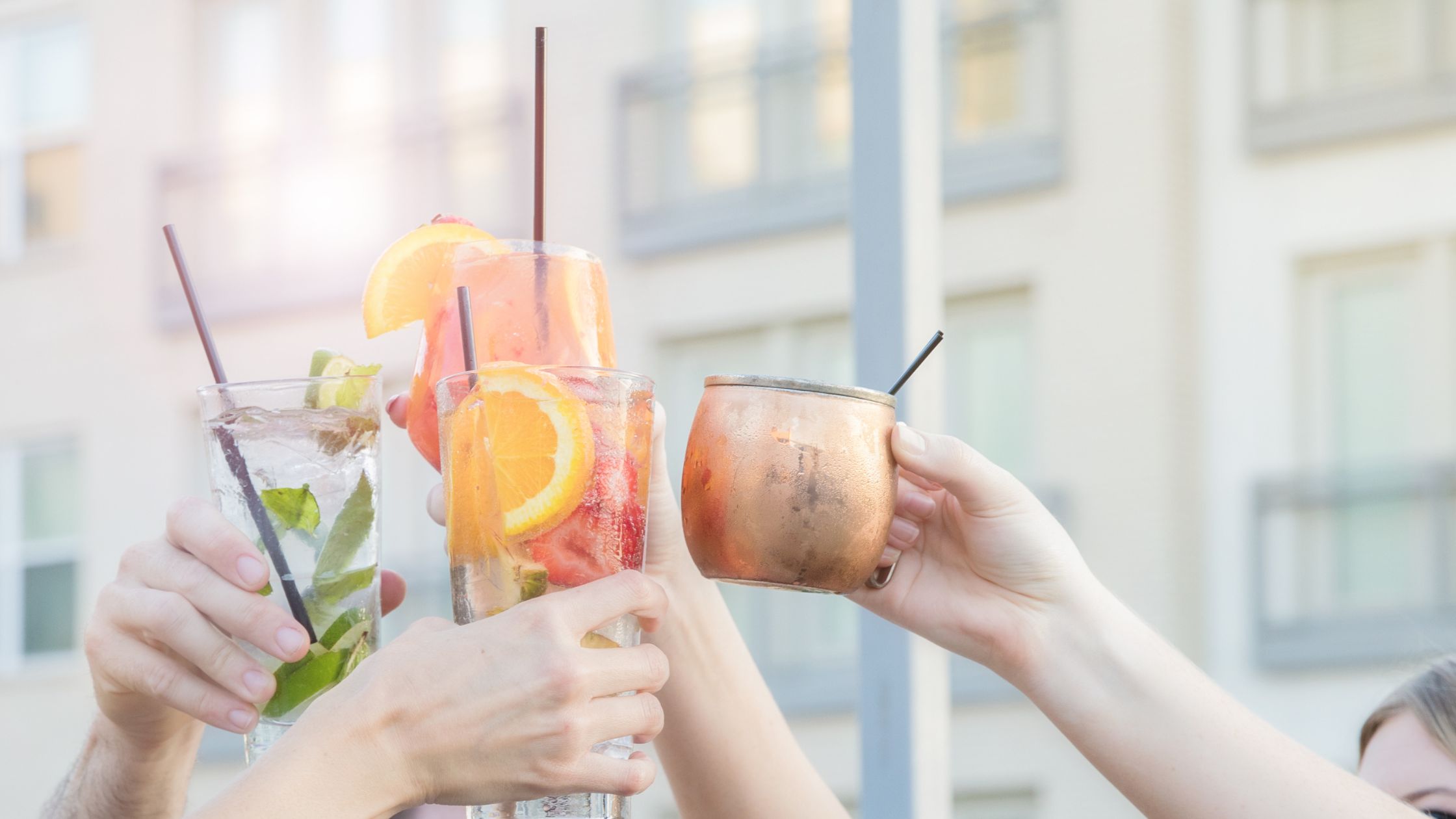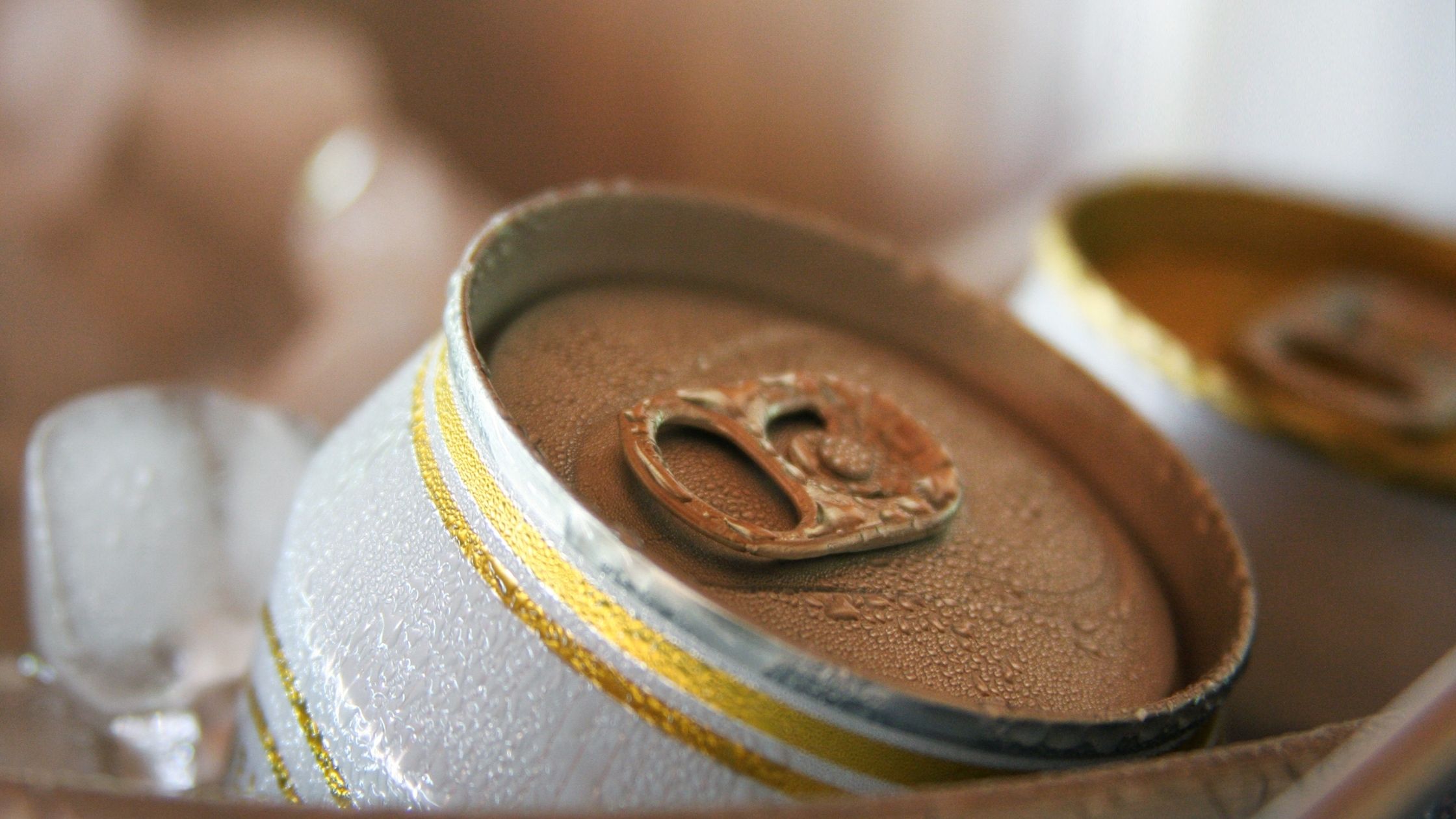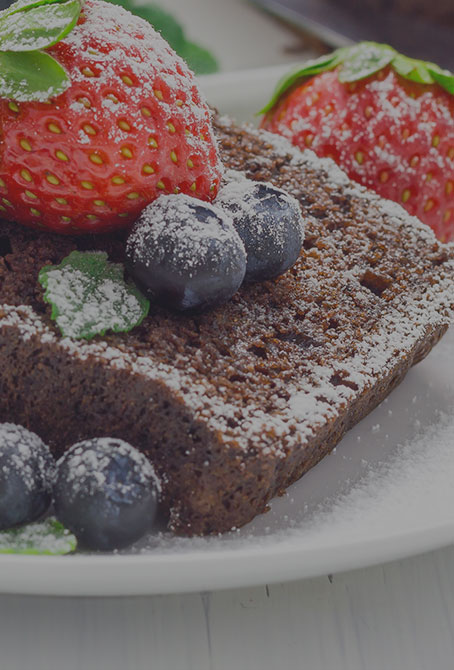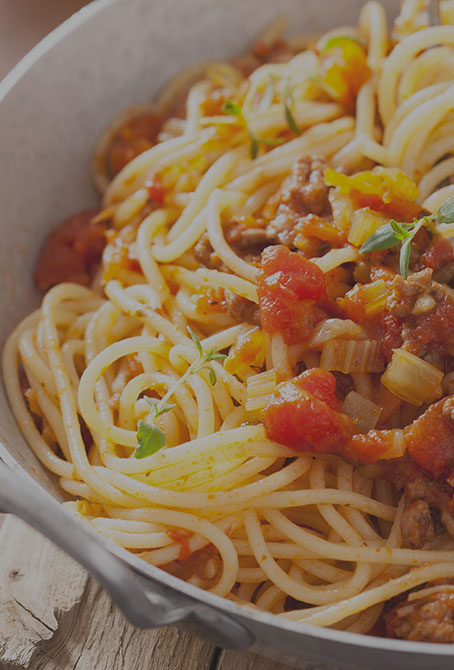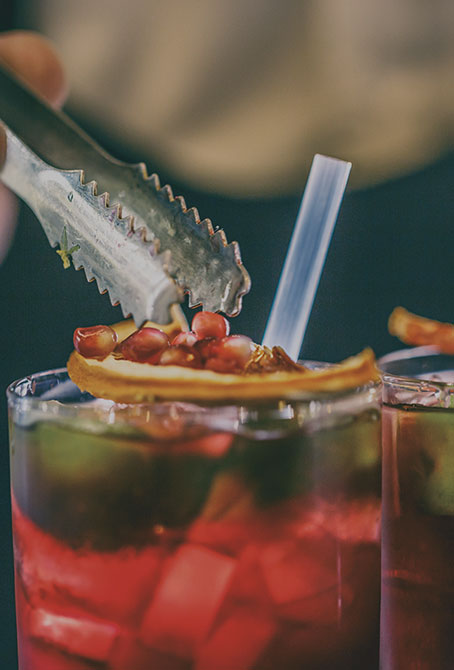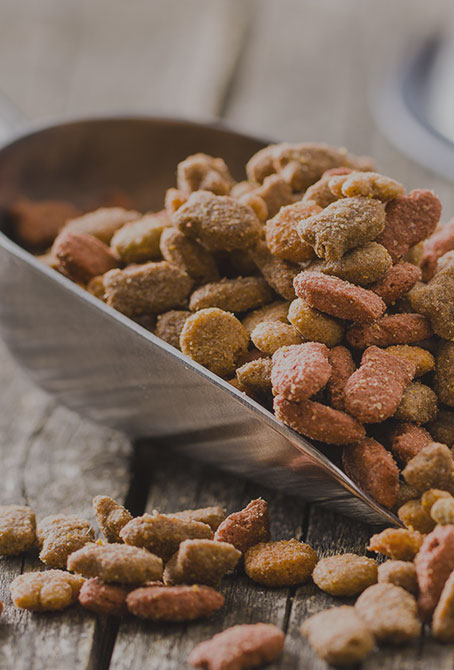The alcoholic beverage industry has shown an incredible resilience during the difficult pandemic times. When restrictions shut down restaurants and pubs around the globe, consumers turned to off-premises sales and on-line social occasions, and the direct-to-consumer channel took it off from there. What is shaping this 1,448-billion-dollar industry for the years to come?
1. Low and no alcohol versions of traditional drinks are going mainstream
According to Nielsen data, sales of non-alcoholic drinks have increased by 33 per cent in 2021, and volume sales are expected to grow by a further 31 per cent by 2024. Consumers are supporting this trend, as more adults are quitting alcoholic beverages for their low- and no-alcohol versions. This is particularly evident amongst the Millennial and GenZ communities, with the latter consuming over 20 per cent less alcohol than other generations did at their age.
2. Mixers are specialising and getting more sophisticated
Mixed drinks, signature cocktails and add-ins are no longer appealing enough to consumers. They are increasingly looking at the “offbeat” mixers, as Bacardi Global has named them in recent research to identify top ingredients attracting bartenders’ and consumers’ interest. At the top of their list, they ranked aromatic and flavoured bitters, but coconut water, fermented beverages, specialty tonics and floral notes are listed as well. It is interesting to see that “hard coffee” is back on the radar, after playing a huge part on the counters back in the 90s.
3. Brands are diversifying more and more
Cross-category development is gaining more popularity, as brewers are entering the spirits and hard-seltzer market, either by launching new products in the category, or acquiring existing alcoholic beverage players. On the other hand, soft drink giants are eyeing the growing popularity of hard seltzers and launching signature alcoholic versions of some historic brands in selected markets.
4. RTD cocktails grow faster than any other hard seltzer
The ready-to-drink cocktail market got a real boost during the pandemic, and canned cocktails soared by 1,328 per cent in just 5 years. Competition is heating up, as the lines differentiating RTD cocktails and hard seltzers are fairly blurred. And consumers love RTD cocktails for their taste, convenience, simplicity, variety, and portability.
5. Purchasing habits are changing
New habits adopted during the pandemic have impacted purchasing channels and pushed manufacturers to develop formats and add-ins to favour home consumption, such as combining their spirits with the suggested mixer. The slowing of on-premises sales of alcoholic beverage has had a clear impact on sales of single-serve units and on online sales, although this trend has been softening for a while now.
6. Sustainability drives innovation in packaging
With sustainability and green claims overreaching every industry in the world, it is easy to understand why consumers are paying more and more attention to the carbon footprint linked to their alcohol consumption and to the packaging used, with Bacardi making a massive investment to replace their 80 million plastic bottles with a new, 100 per cent biodegradable bottle by 2023.
From low-alcohol products to canned cocktails, we expect to see more producers adapt to one – or more – of the listed trends in the months to come. And are ready to help, with our consumer-proof range of non-alcoholic alcohol boosters, our selection of botanical extracts and our authentic, inspiring flower notes.
Reach out to know more >> info@aromatagroup.com





